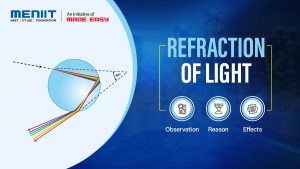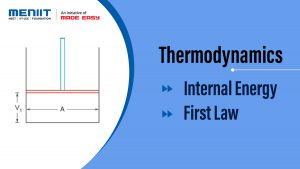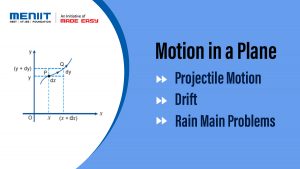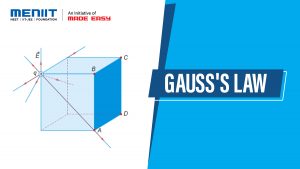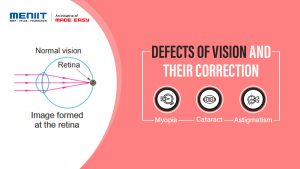Defects of vision and their correction
1. Cataract:
- Sometimes due to the formation of a membrane over the crystalline lens of some people in the old age, the eye lens becomes hazy or even opaque.
- This is called cataract. It results in decrease or loss in vision of the eye.
- Cataract can be corrected by surgery leading to normal vision.

Table of Contents
People with normal vision can focus clearly on very distant objects. We say their far point is at infinity.
People with normal vision can also focus clearly on near objects up to a distance of 25 cm. We say their near point is at a distance of 25 cm from the eye.

2. Myopia or Near-Sightedness
A person with myopia can see nearby object clearly but cannot see distant objects distinctly. A myopic person has the far point nearer than infinity. In a myopic eye, the image of distant object is formed in front of the retina, this defect arise due to:
- Excessive curvature of eye lens
- Elongation of eye ball
This defect can be corrected by using a concave lens of suitable power.
The rays of light from distant object are diverged by the concave lens so that final image is formed at the retina. If the object is very far off (i.e. u = ∞), then focal length of the concave lens is so chosen that virtual image of the distant object is formed at the far point F of the short-sighted eye. Therefore, rays of light appear to come from the image at the far point F of the short-sighted eye and not from the more distant object.
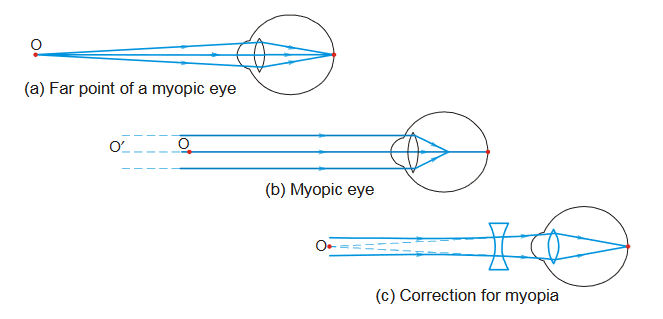
If x is the distance of the far point from the eye, then for the concave lens placed before the eye:

Thus, myopic eye is cured against the defect by using a concave lens of focal length equal to the distance of its far point from the eye.
Focal length of the lens for a myopic person is equal to the negative value of the person’s far point.
3. Hypermetropia of Far-Sightedness
A person with Hypermetropia can see distant objects clearly but cannot see nearby objects distinctly.
A hypermetropic person has the near point farther away from minimum distance of distinct vision (i.e. 25 cm). In a hypermetropic eye, the image of a nearby object is formed behind the retina.
This defects arises due to:
- Increase in focal length of eye lens.
- The eye ball has become too small.
This defect can be corrected by using by convex lens of suitable muscles.
The converging lens of correct focal length will cause the virtual image to be formed at the actual near point of the farsighted person’s eye.

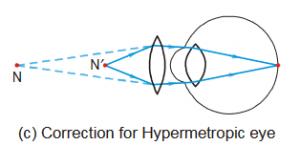
Object placed on N′ which is at a distance of D. Image of N′ is produced at N which is at a distance of x and which can be said as the new near point of the hypermetropic eye.
Then, for the convex lens placed before the eye.

Thus, an eye suffering from hypermetropia can be cured against the defect by using a convex lens of focal length as calculated above.
4. Presbyopia
This defect arises with aging. A person suffering from this defect can see neither nearby objects nor distant objects clearly/distinctly. This is because the power of accommodation of the eye decreases due to the gradual weakening of the ciliary muscles and diminishing flexibility of the eye lens.
This defect can be corrected by using bi-focal lenses. Its lower part consists of a convex lens and is used for reading purposes whereas the upper part consists of a concave lens and is used for seeing distant objects.
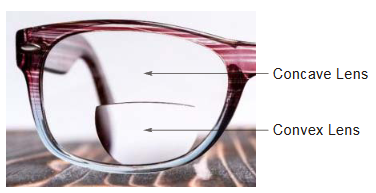
5. Astigmatism:
A person suffering from this defect cannot focus simultaneously on both horizontal and vertical lines of a wire gauze.
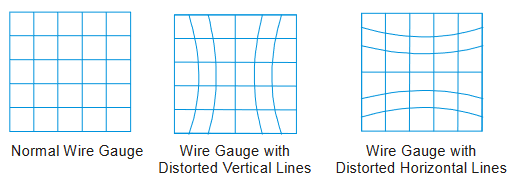
- This defect arises due to the fact that the cornea is not perfectly spherical and has different curvatures for horizontally and vertically lying objects.
- Hence, objects in one direction are well focused whereas objects in the perpendicular direction are not well focused.
- This defect can be corrected by using cylindrical lenses.
- The cylindrical lenses are designed in such a way so as to compensate for the irregularities in the curvature of cornea.
Example :
A long sighted person has a minimum distance of distinct vision of 50 cm. He wants to reduce it to 25 cm. Find the focal length of lens used for correction.Solution :

Example :
Least distance of distinct vision of a long-sighted man is 40 cm. He wishes to reduce it to 25 cm by using a lens, calculate the focal length of the lens used.Solution :



